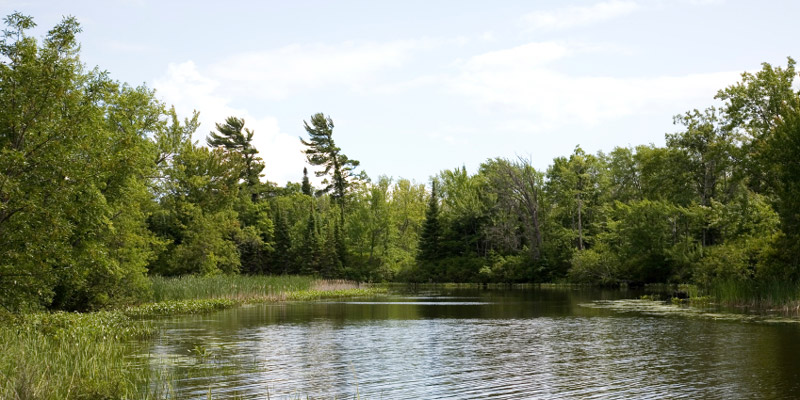Development of Aquatic Indicators to Diagnose Cumulative Effects Within the Tobacco Creek Model Watershed
Joseph Culp, Professor, University of New Brunswick; Science Director, Canadian Rivers Institute; (2012-2014)

Challenge
Agricultural activities can alter the conditions of freshwater systems through physical alterations to landscape structure and the release of waterborne pollutants. Mitigating the effects of agriculture on aquatic ecosystems can be achieved through a variety of management strategies and structures often called Beneficial Management Practices (BMPs). The Tobacco Creek Model Watershed in Manitoba has been monitored via a number of long-term chemical and flow monitoring stations over the past 20 years, including stations which monitor the effectiveness of several BMPs at a watershed scale. Substantial research has also been conducted in the Lake Winnipeg basin regarding cumulative effects of natural processes and management practices. However, the region lacks an integrated monitoring network that can provide baseline data to assess the environmental health of watersheds, track changes over time and determine which BMPs are most appropriate for particular agricultural practices and watersheds in the Prairie region.
This project provided the Tobacco Creek Model Watershed Research Consortium with a monitoring framework to evaluate agricultural practices and water management schemes in the watershed and established baseline data against which to measure the cumulative effects of natural process and management practices.
Project
The research team developed an integrated research and monitoring program examining aquatic biology, cumulative effects assessment and the impacts of agricultural practices. The team also investigated sampling techniques appropriate for ecological indicator development for assessing water quality/quantity impacts associated with agricultural activities. The team began developing ecological indicator thresholds for watershed assessment and management of agricultural watersheds in the Red River Valley. The overarching goal is to develop biotic indicators within the context of annual trends and seasonal changes in water flow. These indicators will allow for better monitoring and assessment of cumulative effects in the Tobacco Creek and Red River Valley regions of Southern Manitoba.
Gaps in the existing network of monitoring stations will be assessed in collaboration with the Tobacco Creek Model Watershed Research Consortium and Canadian Water Network-funded research group. Based on the assessment, a series of new stations will be established to produce an aquatic biota monitoring network representative of the diverse natural and anthropogenic conditions in the Tobacco Creek.
Outputs
- The generation and assessment of a multi-scaled biotic cumulative effects monitoring network encompassing the Tobacco Creek Model Watershed Research Consortium and Red River Valley
- A suite of biotic indicators capable of assessing and diagnosing cumulative effects of human activities in the Tobacco Creek Model Watershed Research Consortium and Red River Valley
- Development of biotic thresholds to human activities for the purpose of watershed assessment and management
Outcomes
- This project influenced the use of monitoring data within the Tobacco Creek Model Watershed and beyond into the Red River Valley
- The use of the biotic indicators enabled better identification of the impacts of human activities and the effectiveness of specific agricultural BMPs
- Development of biotic thresholds to human activities for the purpose of watershed assessment and management
- Informed decisions by landowner choices about BMPs, resulting in improved water quality
- Better policy and management options aimed at improving biological health





